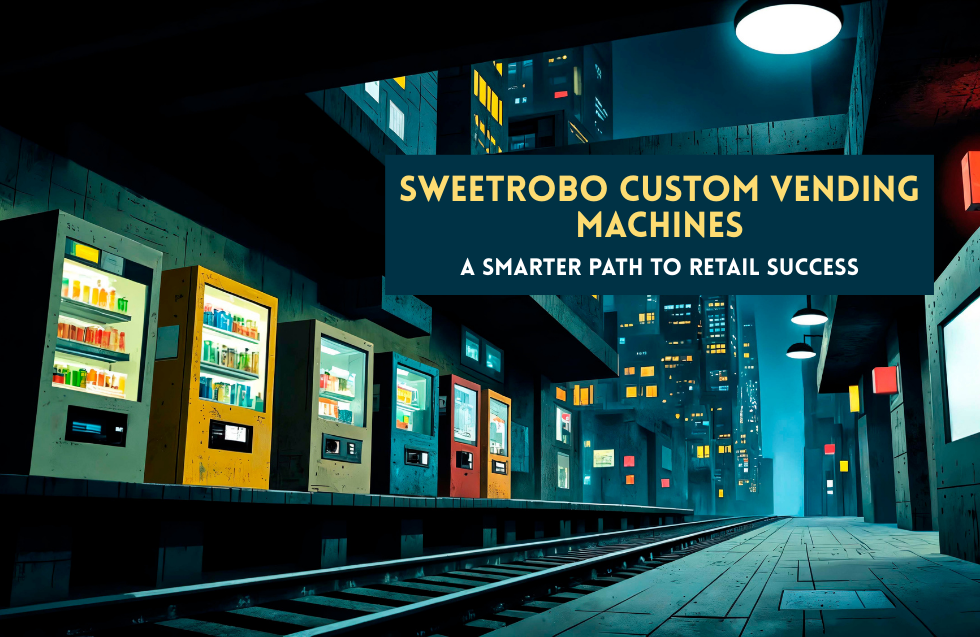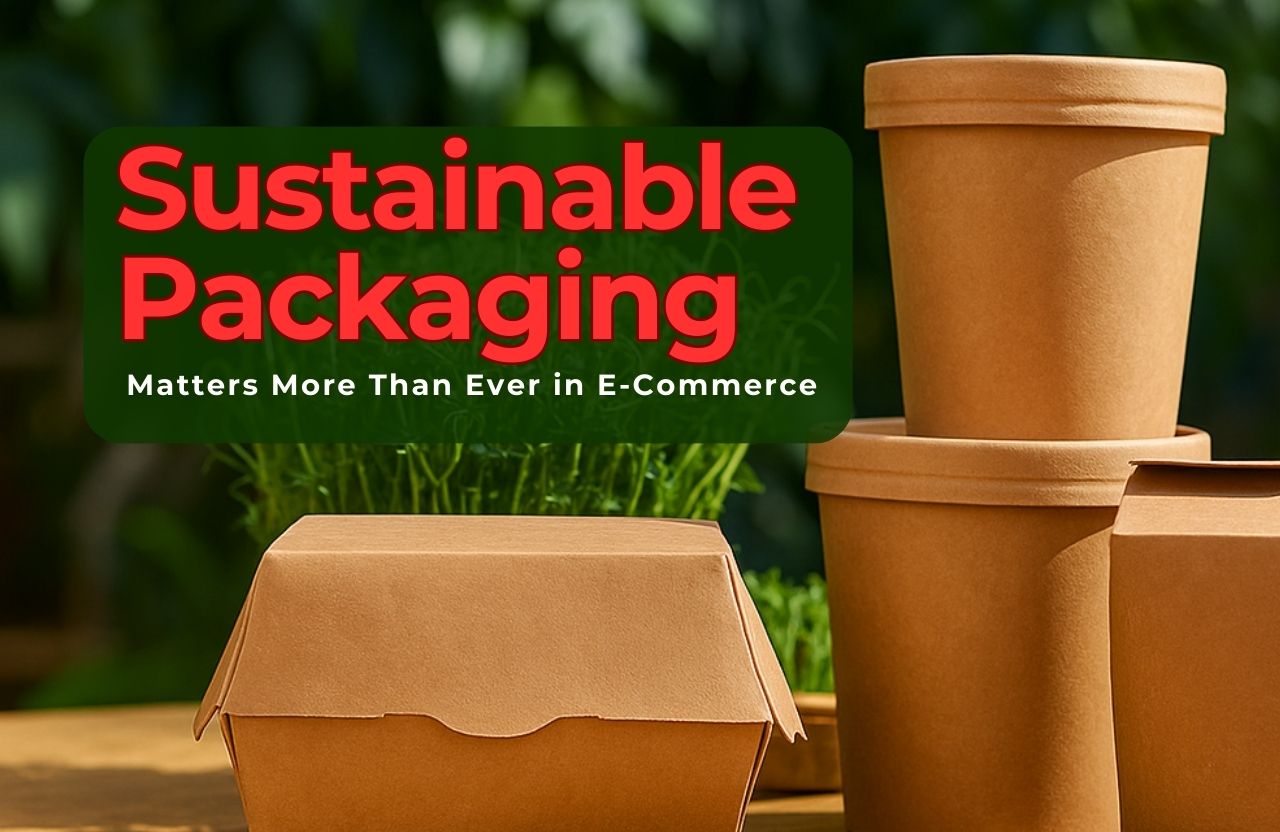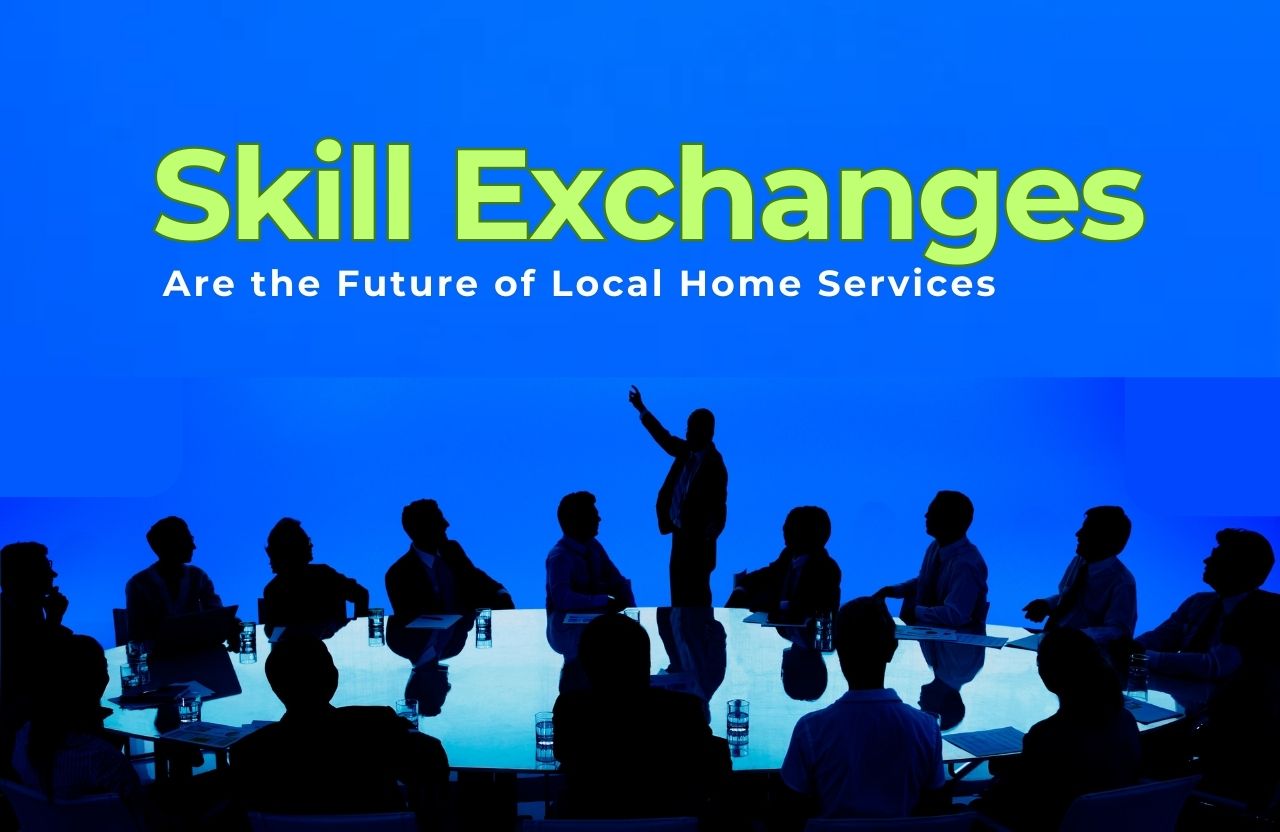In today’s sustainability focused market place, companies are being increasingly pushed and pulled to be more waste-fighting and cost efficient. One major yet often overlooked piece of the puzzle is reverse logistics, which is the flow of goods from the consumer to the producer usually in the form of reusing, refurbishing or recycling.
Reverse logistics is also essential to supply chains for companies who are pursuing zero-waste operations keeping the product and the material in cycle rather than taking them off to the landfill. In addition to reducing environmental impact, this also optimizes operational efficiency and customer experience.
2. Handling Returns and Reverse Logistics within a Zero-Waste Framework
Example: There is a consumer electronics firm that gets back smartphones. Rather than tossing them:
- Examine the devices for functionality.
- Fixes or refurbishes functional parts.
- Responsible recycles unusable components.
- Sell refurbished devices or donate them.
This is a way of putting less amount of waste in landfills, recovering value of the product and allowing for a zero-waste supply chain.
3. What is Reverse Logistics?
Reverse logistics refers to the transportation of product from the customer back to the distributor or manufacturer for recycling, proper disposal or value recovery. In contrast to the common forward logistics which is concerned with distribution of products to customers, reverse logistics involves returns, repair, recycling and disposal.
Reverse logistics process generally consists of:
- Collection or return of the product from customers
- Sorting and inspection
- Repair, refurbish, recycle, return, restock, resell and dispose
Few businesses genuinely handle these steps efficiently to restore value, minimize waste and satisfy the customer.
4. Significance of Reverse Logistics
- Reduction in Waste: Avoids products from being deposited in landfills.
- Support for Circular Economy: Retains resources in active use longer.
- Cost Reduction: Recovery of product will minimize production cost and raw material.
- Customer Retention: Returns are the same(accessible) as your loyalty.
- Branding as a Sustainability Label: Improves company’s green image.
- Industries that stand to gain the most: Electronics, clothing, e-commerce, automobile and pharmaceutical.
Key Components of Reverse Logistics for Returns Management
- Returns sorting: See if a product is returnable, refurbishable or recyclable.
- Repair, refurbish, recycle: Work on product conditions to extract the most value.
- Inventory & value recovery: Improve and maximize the replenishment and resell process.
Successful implementation guarantees that the return and claim process meets sustainable and profitability goals.
6. Limitations of Reverse Logistics
In spite of its benefits, reverse logistics has limitations:
- High Costs: Refurbishment, sorting and transportation are costly.
- Logistical Complexity: Sorting product returns by regions or channels is complex.
- Lack of Standardization: Industry, geographic processes and regulations differ.
- Global Operations Challenges: Inter-border returns include customs, taxes and environmental rules.
7. Reverse Logistics Companies
- Amazon: Robotic return centers facilitate e-commerce return.
- Apple & Dell: Responsible refurbishment and recycling of electronics.
- UPS & FedEx: Offer reverse logistics and returns management services.
- UCS Logistics: Repair, resale and waste reduction processes expertise.
8. Reverse Logistics Process
- Collection: Customer or retailer returns of products.
- Inspection & Sorting: Items going to be sorted for resale, repair or recycle.
- Repair/Refurbishment: To refurbish items for resale.
- Recycling/Disposal: Recycle non-recoverable items in an environmental manner.
- Restocking/Resale: Resell products to inventory or secondary markets.
- Value Recovery Tracking: Track savings, recovered value and waste reduction.
9. Types of Reverse Logistics
- Return’s Management: Accurate processing of retailer or customer returns.
- Re-manufacturing: Replacement of a product with a refurbished one to the original specification of the old one.
- Rehab: Renovating items to be resold for lower cost.
- Recycling: Using used items to make new ones.
- Asset Recovery: The endeavor of recovering value from end-of-use products.
- Waste Control: Proper disposal or recycling of un-recoverable material.
10. Reverse Logistics Benefits for Zero-Waste
- Savings: Recover value on returns to limit losses.
- Gains Loyalty Of Customers: Simplifying returns process makes customers more satisfied.
- Regulatory Compliance: Is responsible for waste management law compliance.
- Enhanced Brand Image: Green consumers are attracted by sustainability initiatives.
11. Examples of Reverse Logistics in the Real World
- Electronics: Apple and Dell take back and resell returned products.
- Fashion: Companies resell or have take-back programs to extend garment lifetimes.
- E-Commerce: Return centers offer automated handling of returns smoothly, e.g., Amazon.
12. Reverse Logistics in a Zero-Waste Economy Future
- AI & IoT: Forecast returns and optimize logistics networks.
- Blockchain: Provide traceability with product lifecycle management.
- Scaling of Reverse Logistics Companies: Specialized service providers simplify returns.
- Government & ESG Regulations: Growing pressure to be sustainable.
13. Reverse Logistics FAQs
Q1. What is reverse logistics?
A: Shifting of products from customers to the producer for reuse, refurbishing or recycling.
Q2. Why is reverse logistics useful for companies?
A: It prevents waste, captures value and enhances customer satisfaction.
Q3. What are some examples of reverse logistics?
A: Refurbishment of electronics, resale programs for clothing and return facilities for e-commerce.
Q4. What are the important difficulties of reverse logistics?
A: Price, complexity, lack of standardization and regulatory hurdles.
Q5. What are the sectors that gain the most from reverse logistics?
A: Electronics, apparel, e-commerce, automotive and pharmaceuticals gain the most from effective reverse logistics strategies.
Q6. Reverse logistics isn’t just for big business, is it?
A: Wrong. Small to medium size businesses can also make reverse logistics work.
14. Conclusion
Zero-waste supply chains are built on the principles of reverse logistics, which enable businesses to recover values, shrink their environmental impact and enhance customer satisfaction. Enterprises which are able to successfully practice reverse logistics systems maintain operational excellence, brand equity and competitiveness.
When we reside in a world where sustainability is not an option anymore, taking on reverse logistics is not only the right thing to do but a necessity. Businesses need to ensure the momentum is maintained and implement such systems today for their future place in a zero-waste world.
Are you ready to rethink your business and create a future where efficiency, responsibility and growth are all considered within your organization?













